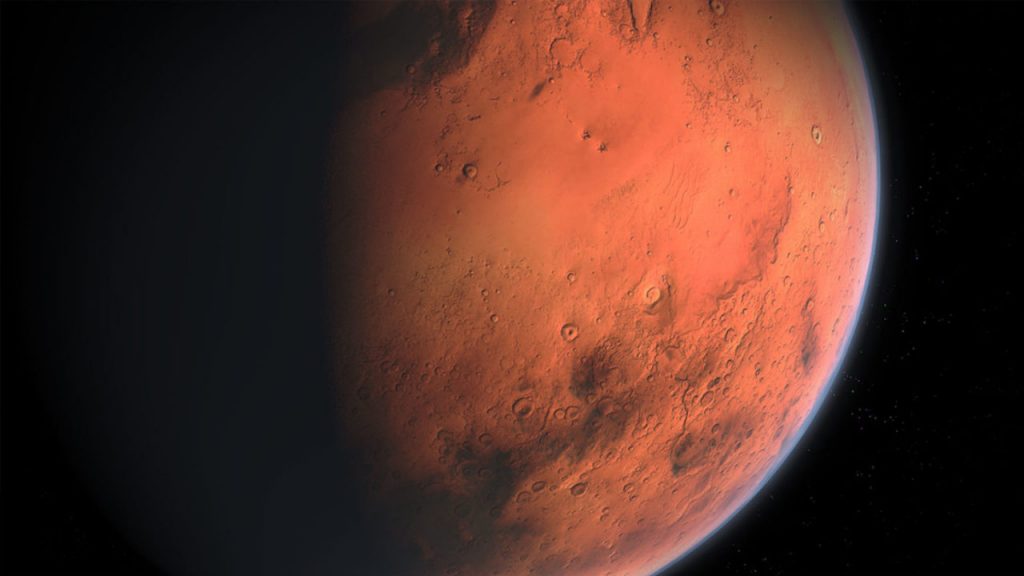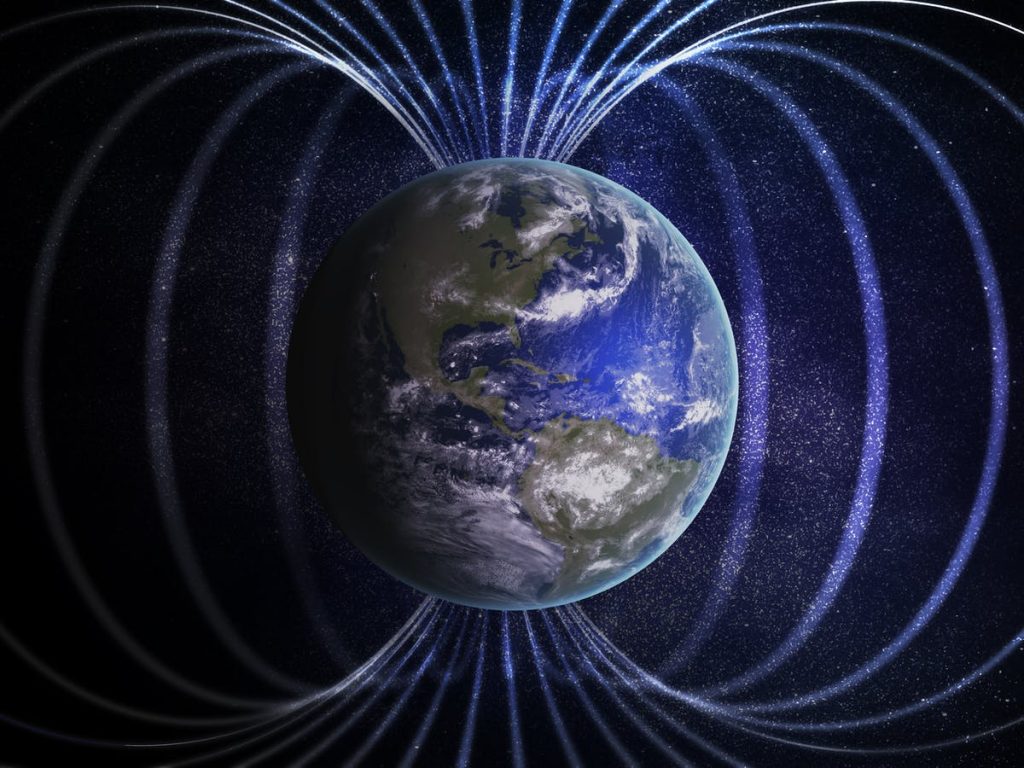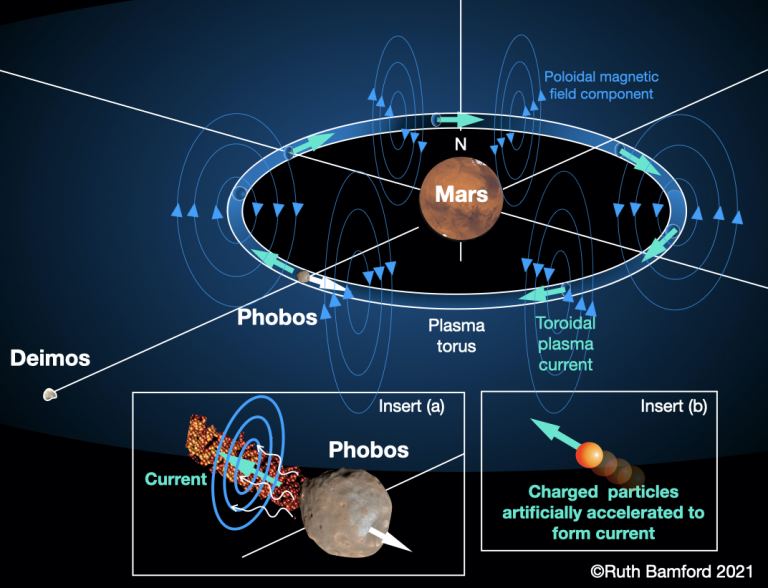With plans to send humans to Mars, a group of scientists investigated how they could provide the Red planet with a suitable magnetic field to make it more habitable.
Humans will be sent to the moon and then to Mars, according to current space exploration plans. Unfortunately, even though Mars and our planet share some similarities, the Red Planet lacks the Earth’s strong magnetic field.
An international team of scientists considers the feasibility of creating an artificial magnetosphere around the planet in a new paper published in the journal Acta Astronautica.

“If humanity is ever to consider substantial, long-term colonization of Mars, the resources needed are going to be extensive,” the researchers of a paper to be published in the journal Acta Astronautica wrote.
“For a long-term human presence on Mars to be established, serious thought would need to be given to terraforming the planet,” the paper stated.
Unlike Earth, where the magnetic field emanates from the core and surrounds the entire planet, Mars does not create its own magnetic field “outside of relatively small regions of magnetized crust,” according to NASA.
According to the study, this magnetic field is crucial because it protects the planet from solar wind and ionizing particles. Furthermore, the researchers stated that protecting a “magnetic shield” on Mars is a “major requirement” for terraforming.

Is it possible for Mars to have a magnetic field similar to Earth’s? In their study, the experts investigate the “challenges that affect the feasibility of producing an artificial magnetic field capable of encompassing” in their research.
“The options for the different approaches to creating a current loop are; (A) molten iron core dynamo, (B) solid superconducting current loop or permanent magnets, (C) a chain of discrete coupled current or magnetic sources and (D) a currently driven plasma torus,” the researchers wrote.
Each of these options has advantages and disadvantages. According to the researchers, “no individual solution comes without vast technical challenges.”
Among the solutions considered by the researchers, restarting Mars’ core is not a reasonable solution. This is not because of the number of hydrogen bombs required to melt the core, but also because it’s unclear why the planet’s “dynamo stopped in the first place,” assuming it ever had a magnetic field from the core like Earth.

One of the other alternatives is using the larger Martian moon, Phobos, to generate a magnetic field capable of shielding Mars. According to the paper, this proposal is “achievable,” but it faces “severe” engineering challenges. Overall, the researchers’ work demonstrates how much work it would take to create an artificial magnetic field.
“In conclusion, as anticipated, the resources needed to create a planetary sized magnetic field are non-trivial, and there is much further research to be done,” the researchers stated. “What has been presented here are some unique solutions for the approaches required to create an artificial planetary sized magnetic field,” they added.
According to the experts, now is the time to consider new and ambitious future ideas and consider solutions to potential challenges.


